Bushfires: Do we need homes among the gum trees?
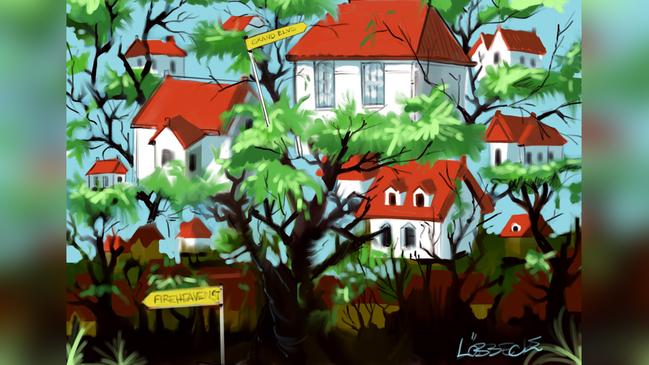
The greatest danger to life and property from bushfires arises from new housing construction in high-risk locations and the difficulties faced by firefighters in protecting small to mid-sized townships. The royal commission recognised the danger. It accepted that preventing development in high-risk areas was essential particularly since climate change was increasing risks.
It accepted that the main means of preventing future risk was through improved land use planning systems and that planning and exposure to risk were “inextricably linked”.
However, it avoided any specific proposals for greater control over development. This is an extraordinary omission given that the 2019-20 bushfires killed 33 people (and the effects of smoke killed many others), destroyed more than 3000 dwellings and led to $10bn in financial losses.
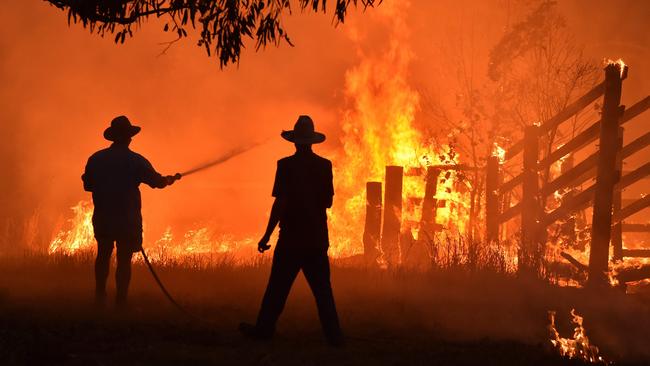
The 2019-20 fires demonstrated yet again that dispersed rural dwellings and housing on the outskirts of towns are most vulnerable, and often undefendable. Yet extensive subdivision and dwelling construction continues in these areas. A noticeable feature of the fires was the number of small towns abandoned in whole or part by fire authorities and the entry of some fires into larger towns and even town centres.
California gives us a glimpse of our future unless action is taken to restrict development in fire-prone areas. More than 8000 dwellings have been lost there annually in recent years and the situation is worsening. One in four of its residents already lives in high-fire-risk areas and a million more homes are projected for these areas by 2050.
As the climate changes, the threat to Australian towns and rural dwellings in high-risk areas will rise and to permit extensive development in these areas is irresponsible. The royal commission’s failure to properly address this issue is curious given the trend this century for bushfire inquiries to emphasise its central role in preventing harm.
Many inquiries since the 1983 Ash Wednesday fires have demonstrated the risk from catastrophic bushfires to dispersed rural housing and dwellings outside towns. These inquiries have argued that stricter controls on where we can build are the most important mitigation measure in preventing losses in the future.
The 2020 NSW bushfire inquiry, for example, emphasised the crucial role of land use planning to prevent harm.
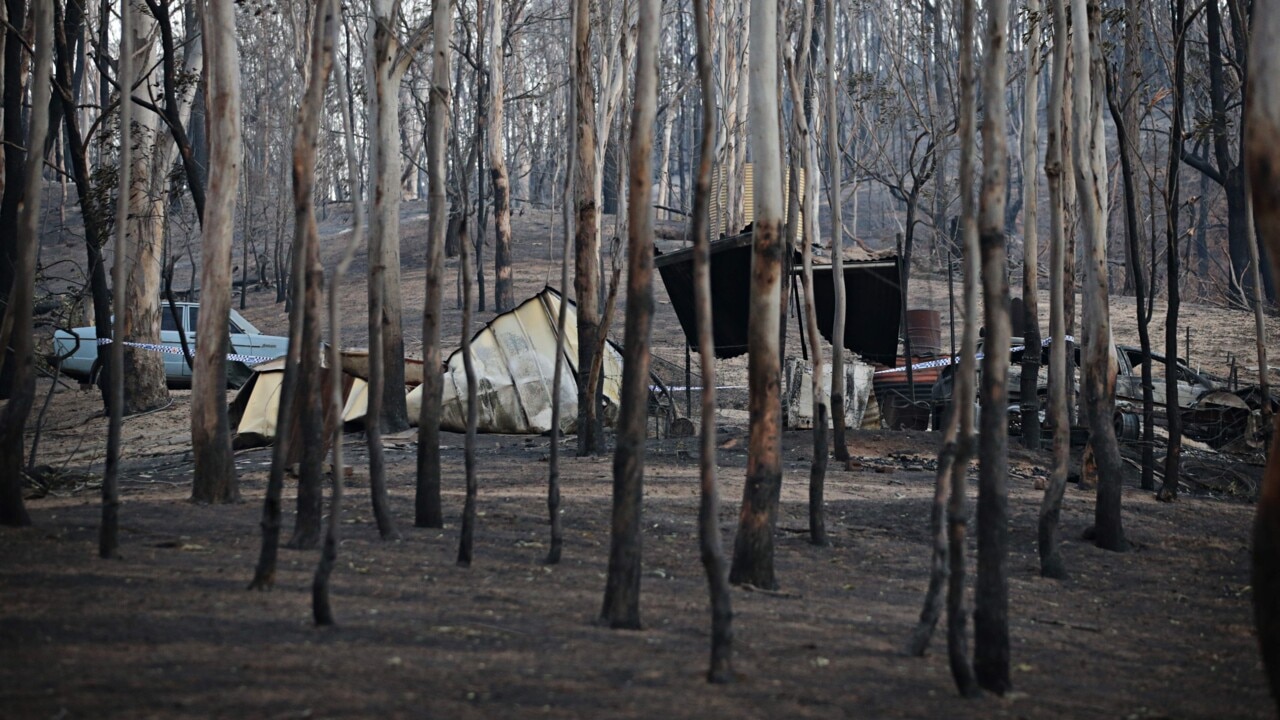
The 2009 Victorian Bushfires Royal Commission devoted an entire section to land use planning, argued forcefully for restricting development in areas of highest risk and outlined the necessary planning techniques. It even argued that we might need a retreat-and-resettlement strategy for existing developments that were an unacceptable bushfire risk.
We are used to such solutions for other threats: up to 60,000 NSW coastal dwellings may have to be abandoned because of erosion, while controls on building in flood plains are well established in our planning systems.
But governments at all levels baulk at the idea of preventing harm from bushfires by prohibiting new dwellings in dangerous areas. Instead, governments have tried to improve the ability of new housing to survive bushfires by improving building regulations. But this can promote a false sense of security.
Last month’s royal commission also opted out of any meaningful measures to improve the capacity of existing housing to survive bushfires. The commission underestimated the number of existing houses affected by increasing risk from bushfires at 380,000 rising to 735,000 by 2100.
The population of the 24 fastest-growing local government areas on the edges of Australia’s major cities has risen to 4.5 million over the past decade, much of it in some of the world’s most fire-prone areas. The existence of many thousands of small lots in vulnerable areas on the fringes of major cities and regional towns is a deadly time bomb, yet these developments proceed with little or no fire-danger oversight. Housing in bushland environments on the edges of Melbourne and Sydney has repeatedly proved vulnerable to fire. And the 2003 Canberra firestorm that killed four and injured 435 while consuming 480 suburban houses demonstrated the point.
The commission’s call for greater co-operation between governments on bushfire planning is welcome. It recognised that higher temperatures and lower rainfall are leading to longer fire seasons and more intense blazes.
But it has largely ignored the probability that climate change coupled with continued building in high-risk areas is courting catastrophe.
Michael Buxton is emeritus professor of environment and planning, RMIT University.


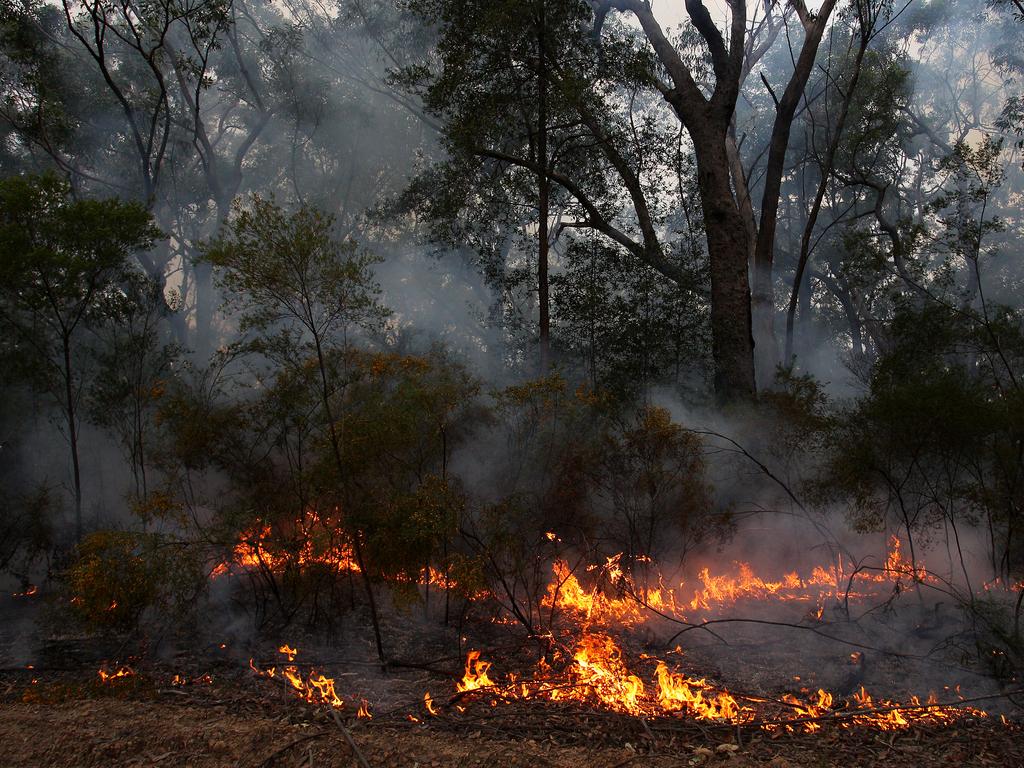
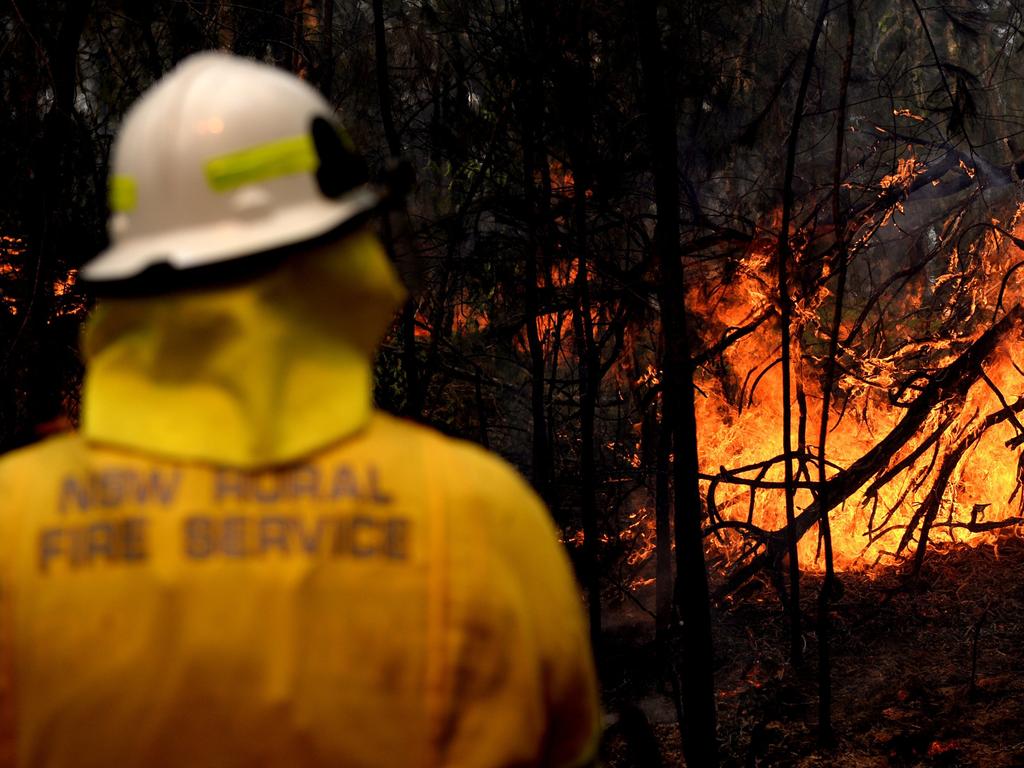



The recent report of the Royal Commission into National Natural Disaster Arrangements missed a crucial opportunity to reduce the risk to us all from bushfires.